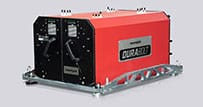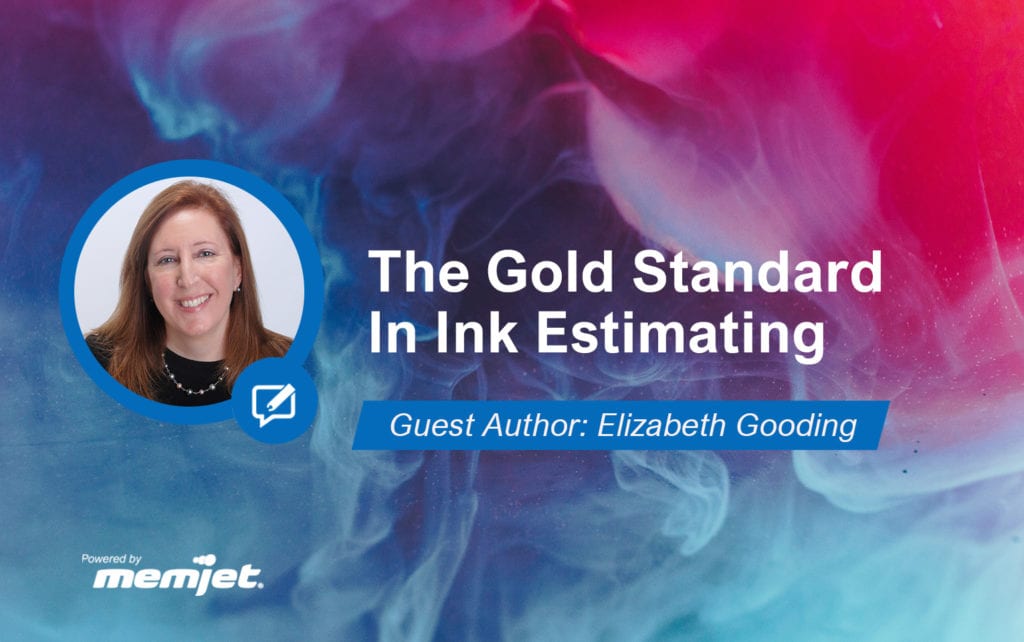By Elizabeth Gooding, President at Inkjet Insight and Co-Author of “The Designer’s Guide to Inkjet”
Inkjet ink is considered like liquid gold. Pricing jobs based on the amount of ink used is a competitive necessity, and even though most OEMs offer ink estimating software, the process can be confusing. First of all, you need to have a production-ready PDF not a designer’s concept file. It’s important to pre-flight the PDF for estimating the same way you would for production. For example, if black is specified as CMYK (rich black) instead of pure K you will lay down more ink than needed.
Once you have a tuned-up PDF, you need to make sure that you are setting the estimator to real-world conditions as well. Have you created a profile that limits inks? Will you be using primer? Will you run the file at full speed with a lower resolution? This may seem obvious, but I’ve seen many examples where companies estimate at full speed and end up producing a job at lower speed with the highest resolution to improve quality. However, that level of quality uses more ink and more press time, so it should be priced accordingly.
Prepared with a real-world PDF and production scenario, it’s then time to tackle the actual estimator. You plug in your profile, load your PDF and voila! You get an ink usage estimate! But exactly what are the numbers telling you?nnDifferent OEMs take different approaches to their estimating process in a number of areas. First, the volume used to calculate the job. Some will measure based on 100 or 1,000 copies of the file and average the ink usage per page. Some roll-fed estimates may be based on some number of linear feet with the volume then averaged per image. Some estimators will also show the amount of primer when used, while others don’t, or don’t show it clearly.
Another factor is the amount of ink used independent of image rendering for exercising printheads. A mono, or predominantly mono, job may “spit” CMY during the K-only run, and these costs should be factored in. Most importantly, remember that ink estimating is just that – an estimate.
Make it a regular practice to compare a wide sample of actual jobs produced to their related estimates. You will likely find that the estimator diverges from actuals in certain areas by a consistent amount and you can factor this into the estimating process. Also, consider that there are areas that the estimator will not catch on an individual job basis, such as time and ink usage on certain devices to ramp-up to printing speed. With estimating, you get out of it what you put into it, so take the time to set standards, estimate with multiple profile settings and compare against actual production for the gold standard in ink estimating.
Explore Powered by Memjet print solutions.
Connect with us on LinkedIn.



























